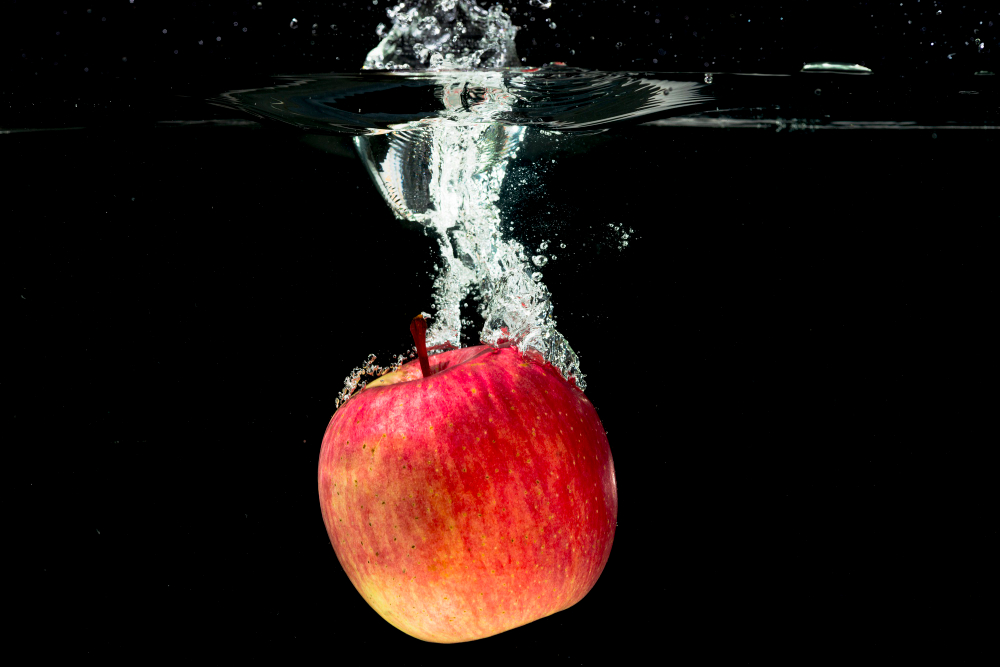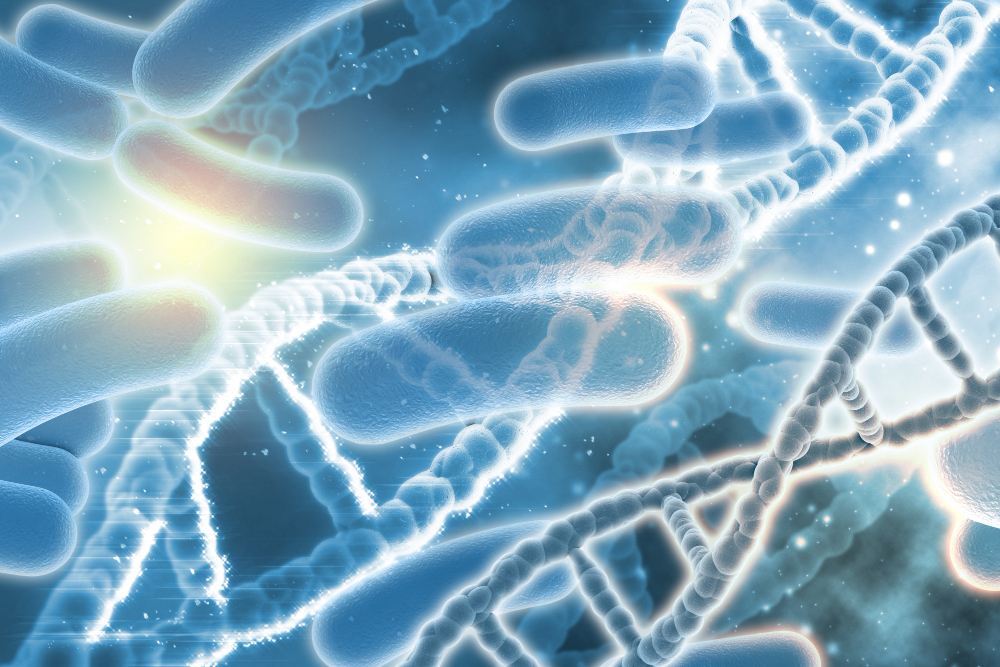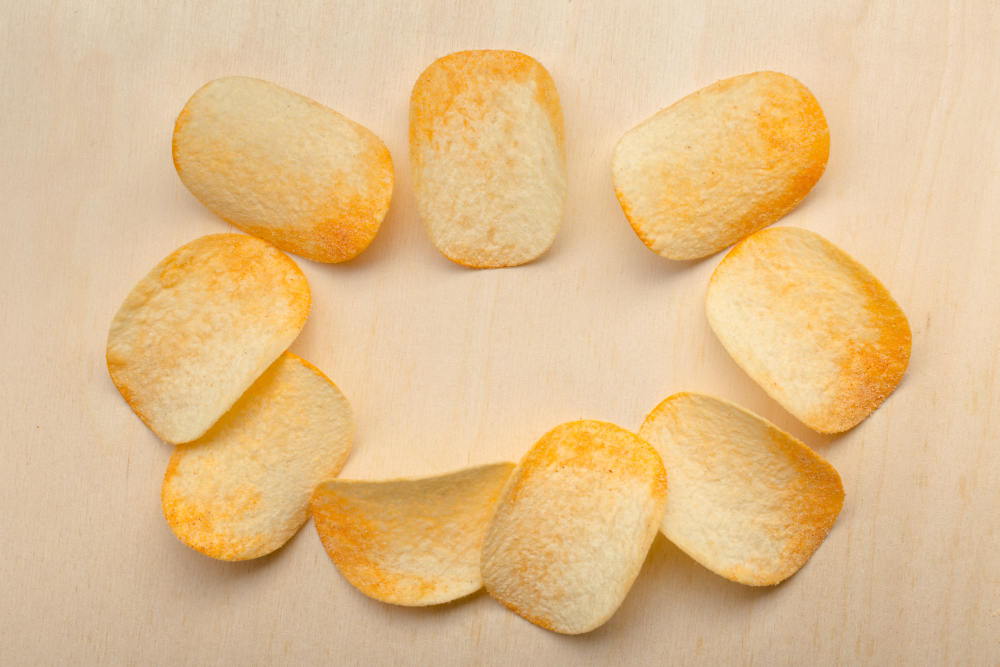If you’re not a food scientist, I know it might be hard to believe, but understanding what the water is doing in your product is essential! Water leads to so many different issues.
Does your food have an extremely short shelf life? Water activity problem!
Is your food molding quickly? Water activity problem!
Are enzymatic or chemical reactions degrading your food? Water activity problem!
Managing water is key to food quality and safety. But we don’t just look at how much water is in food. We care about how available that water is for microbes to grow, chemical reactions to happen, and texture to change.
This value is known as water activity (Aw).
What the Heck is Water Activity, Anyway?


Okay, so picture this: you’ve got a delicious apple in your hand. Now, we all know it contains water, right?
But here’s the kicker – not all of that water is available for microbes to party with or chemical reactions to use. This is why we need to measure water activity!
Water activity (or Aw for short) measures how much free water is in your food versus how much water is bound to other molecules in the food or otherwise unavailable. It’s measured on a scale from 0 to 1, where:
- 0 is like the Sahara Desert (no available water)
- 1 is like jumping in a pool (pure water)
Do not confuse water activity with moisture content. Yes, both of these terms measure the water in food, but they are entirely different.
Moisture content (aka water content) is simply the total amount of water in a food product, whereas water activity takes into account if that water can be used.
💡 Curious about more food science basics? My Food Science for Beginners course dives into key topics like water, carbohydrates, and food preservation – perfect for anyone who wants to understand how food really works. Check it out here!
Why Should We Care About Water Activity?
We should care about water activity because it directly affects food safety, shelf life, and quality. Controlling water activity helps prevent spoilage, mold growth, and harmful bacteria, ensuring food stays fresh and safe longer.


I’ll walk you through three examples of why water activity is SO critical in food science:
The Gatekeeper of Microbial Growth
Water activity determines whether yeast, mold, and bacteria can grow. This dictates how fast food ultimately spoils and whether it could cause foodborne illness. So, knowing your food’s water activity is super important.
For example, at certain water activities, we know that different microorganisms will not be able to grow. Usually, bacteria need a water activity higher than 0.9 to proliferate, so if you lower the water activity below this value, ta-da, no more bacterial growth.
Here’s how different levels of water activity impact microorganisms:
- Aw < 0.90 – Most bacteria cannot grow, but yeast and molds will grow
- Aw < 0.80 – Most yeast cannot grow, but mold is still able to grow
- Aw < 0.70 – Most mold cannot grow, all microbial growth significantly inhibited
This means that food manufacturers can prevent spoilage and extend product stability by controlling water activity.
The Catalyst for Chemical Reactions


Just like microorganisms need water to grow, chemical reactions often need water to go. Well, in more scientific terms, many reactions require water as a substrate. This could be chemical but also enzymatic reactions. Both of which are quite common in foods.
Water activity plays a crucial role in facilitating these reactions, affecting both the quality and safety of foods. For example:
- Enzymatic reactions – Enzymes require available water to interact with their substrates.
- Maillard browning – The reaction between sugars and proteins that enhances color and flavor.
- Lipid oxidation – The process that leads to rancidity, impacting food freshness and stability.
Food scientists can optimize flavor, color, and shelf life by managing water activity.
The Key to Texture and Longevity
Water activity directly affects a food’s texture and how long it remains at peak quality. It determines whether a product stays crisp, softens over time, or undergoes undesirable texture changes. Say, if a potato chip goes from crisp and crunchy to soft and soggy.


For example:
- Low water activity preserves crispiness in snacks and cereals.
- Moderate water activity maintains chewiness in baked goods.
- High water activity can lead to microbial spoilage, stickiness, and soft texture.
Note that these changes in texture don’t necessarily mean the food is unsafe to eat, but humans tend to be picky about the appearance and texture of our favorite foods.
Wrapping It Up
So there you have it – water activity in a nutshell. I know keeping track of water in food products isn’t super flashy, but as I said at the top, this is absolutely one of those key food science concepts.
I cannot tell you how many products I’ve worked on where understanding water activity was part of the problem. Anyone who is manufacturing food or creating a food start-up would be wise to invest in a water activity meter. Trust me, this will save you A LOT of headaches in the future.
Reach out today if you need my services such as: concept development, formulation & recipe optimization, ingredient sourcing, or process development.
With a PhD in food science and years of industry experience, I’m here to be your partner in this journey!

